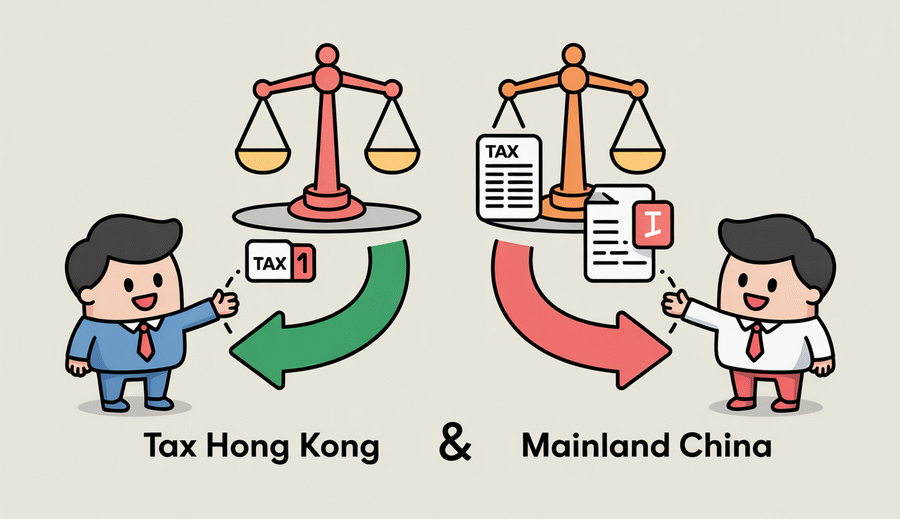Foundations of Tax Dispute Systems in Hong Kong and Mainland China
Understanding the fundamental legal underpinnings of Hong Kong SAR and Mainland China is essential for comprehending their distinct tax dispute resolution mechanisms. Hong Kong operates under a common law system, a legacy of its history. This system places significant emphasis on judicial decisions and precedents, which play a crucial role in interpreting and applying tax legislation. In contrast, Mainland China follows a civil law system, which relies primarily on codified statutes and regulations enacted by legislative and administrative bodies. This fundamental divergence profoundly shapes how tax laws are interpreted, how disputes are adjudicated, and the relative weight given to previous rulings.
The statutory frameworks and governing authorities responsible for tax matters and disputes also exhibit considerable differences. In Hong Kong, the primary legislation is the Inland Revenue Ordinance (IRO), interpreted and administered by the Inland Revenue Department (IRD). Tax disputes frequently reference specific sections of the IRO and draw heavily upon the body of case law developed over decades by the courts. Mainland China’s tax system is governed by a complex hierarchy of laws enacted by the National People’s Congress and its Standing Committee, supplemented by extensive administrative regulations issued by the State Council and ministerial rules from the State Taxation Administration (STA). This layered structure contrasts with Hong Kong’s more consolidated approach centered on the IRO and judicial interpretation.
A key distinction arising from these foundational legal systems lies in the role of precedent. Under Hong Kong’s common law system, decisions made by higher courts are binding on lower courts when dealing with similar tax issues. This principle of *stare decisis* provides a significant degree of predictability and consistency in the application of tax law. While courts in Mainland China may refer to previous rulings or guiding cases published by the Supreme People’s Court, these are generally considered persuasive or illustrative rather than strictly binding in the manner of common law precedents. This difference in the hierarchical value assigned to past judicial decisions is a critical element influencing the landscape and potential outcomes of tax disputes.
These core disparities in legal systems, the nature of governing statutes, and the application of precedent fundamentally shape the procedural paths and inherent dynamics of tax disputes in Hong Kong and Mainland China. The reliance on statutory codes in one system versus the integration of case law and binding precedents in the other creates distinctly different environments and expectations for both taxpayers and tax authorities when navigating disagreements over liabilities and compliance obligations. The following table summarizes these key foundational differences:
| Feature | Hong Kong SAR | Mainland China |
|---|---|---|
| Legal System | Common Law | Civil Law |
| Primary Authority | Inland Revenue Ordinance, Case Law | Tax Laws, Administrative Regulations |
| Role of Precedent | Binding (higher courts on lower) | Guidance (persuasive, not strictly binding) |

